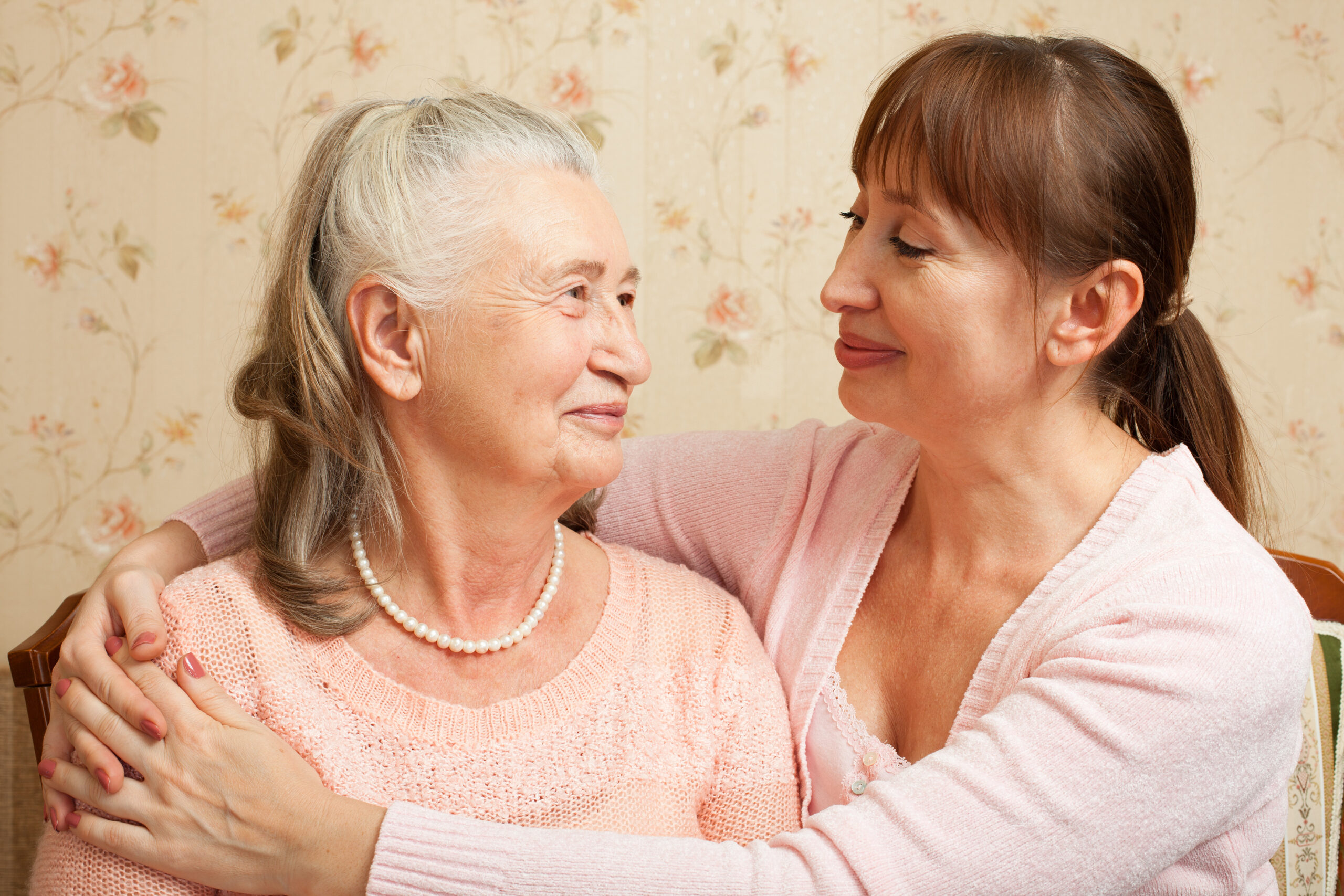Tips for effective communication with non-verbal dementia patients
Communicating with someone who has dementia and is non-verbal can be challenging, but there are ways to connect meaningfully without relying on words. Here are some practical tips that make communication easier and more effective.
**Pay close attention to body language.** People with dementia often express their feelings through gestures, facial expressions, or movements rather than words. Watch for signs like restlessness, changes in posture, fidgeting, or facial cues such as furrowed brows or lack of a smile. These can indicate discomfort or frustration.
**Use your own nonverbal signals thoughtfully.** Position yourself directly in front of the person so they can see your face clearly and read your body language. Maintain gentle eye contact—not staring—to show you’re engaged and listening. Use soft facial expressions like warm smiles to convey kindness and reassurance.
**Keep your tone calm and gentle.** The way you say things matters more than the words themselves sometimes. A soothing voice helps reduce anxiety or agitation in someone who may feel confused.
**Avoid sudden movements or approaching from behind**, as this might startle them unexpectedly. Instead, move slowly and approach from the front so they feel safe.
**Sit at their eye level rather than standing over them**, which can feel intimidating or overwhelming.
If appropriate, **a gentle touch on the hand or arm can provide comfort**, but always watch their reaction carefully—some may not want to be touched—and respect their boundaries if they pull away.
Creating a calm environment also supports better communication: minimize noise by turning off TVs or radios during interactions so distractions don’t overwhelm them.
Above all else, practice patience and empathy by remembering that difficulty communicating is part of the illness—not a choice—and treat them with dignity at every moment by speaking respectfully even when words aren’t exchanged directly.
By combining these approaches—observing nonverbal cues closely while using clear visual signals yourself—you build trust and connection beyond spoken language alone when caring for someone living with dementia who cannot communicate verbally.





